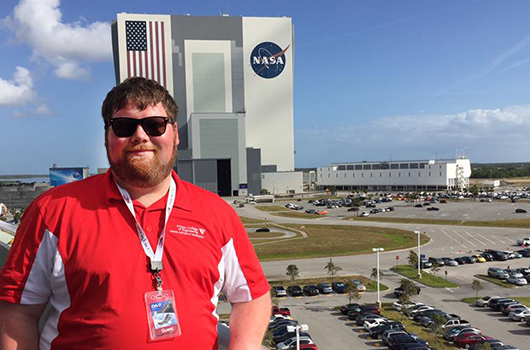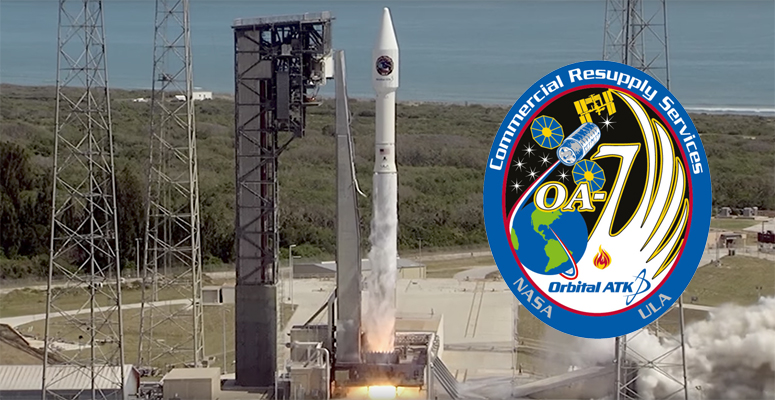 I took my seat on the airplane and as usual, began to play a movie–Interstellar. I was about to embark on a journey, one that I have taken many times before–to space. This time I would accompany Matthew McConaughey as a post apocalyptic NASA sends him on a journey through space and time to save humanity while he attempts to reconcile his relationship with the daughter he left behind on earth. Although my body has never left the safe haven of earth’s atmosphere, my mind has often journeyed far beyond our earthly realm.
I took my seat on the airplane and as usual, began to play a movie–Interstellar. I was about to embark on a journey, one that I have taken many times before–to space. This time I would accompany Matthew McConaughey as a post apocalyptic NASA sends him on a journey through space and time to save humanity while he attempts to reconcile his relationship with the daughter he left behind on earth. Although my body has never left the safe haven of earth’s atmosphere, my mind has often journeyed far beyond our earthly realm.
What makes this trip different is that tomorrow I will step foot on the hallowed ground of NASA’s Kennedy Space Center (KSC). This is where the Redstone rocket that carried the first American in space, Alan B. Shepard, was launched. It was the last place Neil Armstrong’s and Buzz Aldrin’s feet touched on earth before making their giant leap for all mankind and becoming the first humans to walk on the moon. KSC is where Sally Ride took her seat on the Space Shuttle Challenger before becoming the first American woman in space. So many achievements that have inspired so many to chase their dreams and attain the unimaginable have occurred at this place.
I am accompanying Aleksandar Ostrogorsky, professor of mechanical and aerospace engineering, and Vladimir Riabov (Ph.D. student, MAE) to document their experiment, “Detached Melt and Vapor Growth of Indium Iodide in SUBSA Hardware” being launched on mission OA-7 to the International Space Station (ISS). That experiment, funded by The Center for the Advancement of Science in Space (CASIS), involves growing crystals in microgravity in order to produce a sample with high purity and low defects that would yield better and less expensive detectors of nuclear radiation.
This is the second time Ostrogorsky has had his experiment conducted aboard ISS. His first experiment was launched aboard the Space Shuttle Endeavor Mission STS-111 on June 5, 2002. Ostrogorsky’s expertise and influence in the field is very apparent. Alexei Churilov, Ph.D., one of Ostrogorsky’s previous students and collaborator on his previous experiment, “Solidification Using a Baffle in Sealed Ampoules,” had his own crystal grown experiment being sent to ISS on the same trip. Both Ostrogorsky’s and Churilov’s experiments will be conducted using the SUBSA furnace they previously developed.
Launch of Mission OA-7 and the Mission Patch

The OA-7 mission launch had already been delayed once because of inclement weather, and I could hardly sleep the night before in anticipation of the big day. We arrived at the Astronaut Training Center early in the morning to board buses that would take us to Kennedy Space Center. We were given “swag bags” as we made our way to KSC and I was more than a bit excited to receive an official mission patch. It was exciting to talk with some of the engineers and scientists who worked on the launch vehicle or payload of supplies and research experiments. A group of high school students were present to witness the launch of their cubesat experiment which was included in the payload.
As we arrived at the Banana Creek viewing area you could see the towering Atlas V rocket paired with a Cygnus cargo capsule being prepped for launch a few miles away at Space Launch Complex 41. A white cloud of vapor steadily rolled off the rocket from the cold liquid oxygen propellant that was being loaded until the final minutes prior to launch.
The viewing area was next to the mammoth Vehicle Assembly Building, one of the most recognizable NASA structures. This is where Saturn V rockets were assembled before they launched the Apollo astronauts to the moon as well as the place Space Shuttles were mated with their external rocket boosters and fuel tanks prior to launch.
As the countdown clock ticked away we were briefed on the mission by NASA, United Launch Alliance, and Orbital ATK. It was very interesting to see the immense amount of work and preparation that goes into a launch before the rocket even makes its way to the pad.
T-minus 10, 9, 8… I begin to brace myself. 7, 6, 5, 4… we are almost there. 3, 2, 1, 0… and liftoff. The engine ignites and the rocket begins its ascent as a thick cloud envelopes the launch pad. The rocket is slow at first and seems that it just might fall back down to earth. As fuel is burned and the load is lightened the rocket gains momentum and is soon completely out of sight. Students back on the Mies Campus were able to watch a live feed of the launch in the atrium of the John T. Rettaliata Engineering Center.
A few minutes after the rocket disappeared we gathered to watch the stages of the rocket separate from the cargo capsule through a video feed. The launch was a success and the experiment was safely on its way to ISS. It would take another five days for the capsule to catch up with ISS as it orbits around earth at 17,150 miles per hour. It wasn’t until after the capsule was successfully captured by ISS that we could call the mission a success.
Before we left KSC, we stopped by the visitor center to see the rocket garden and space shuttle Atlantis. Since the viewing area was miles away from the launchpad, this was my first up-close look at the launch vehicles. The size and scope of these vehicles is unimaginable and you are immediately reminded of the engineering feats that made them possible.
For those of us who grew up with our heads in the stars this trip was a dream come true. At KSC you are at ground zero of so many major accomplishments that aren’t just American, but truly achievements for all of mankind. It doesn’t take long for you to realize the problems facing the world today may not be so hard to solve and with engineers leading the way, anything is possible.
Written by Jason Harper, specialist, Marketing and Communications for Armour College of Engineering.
